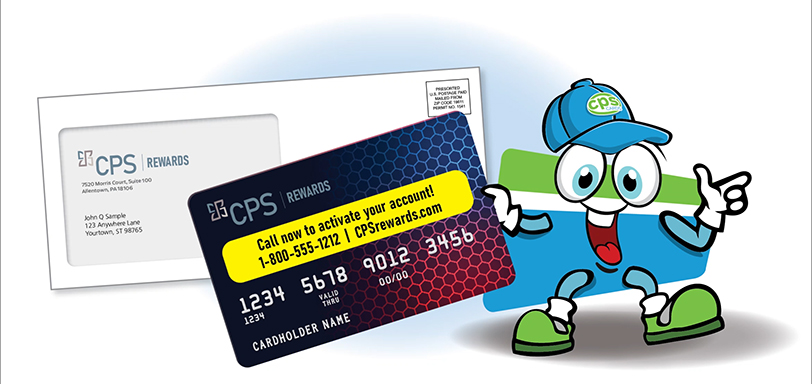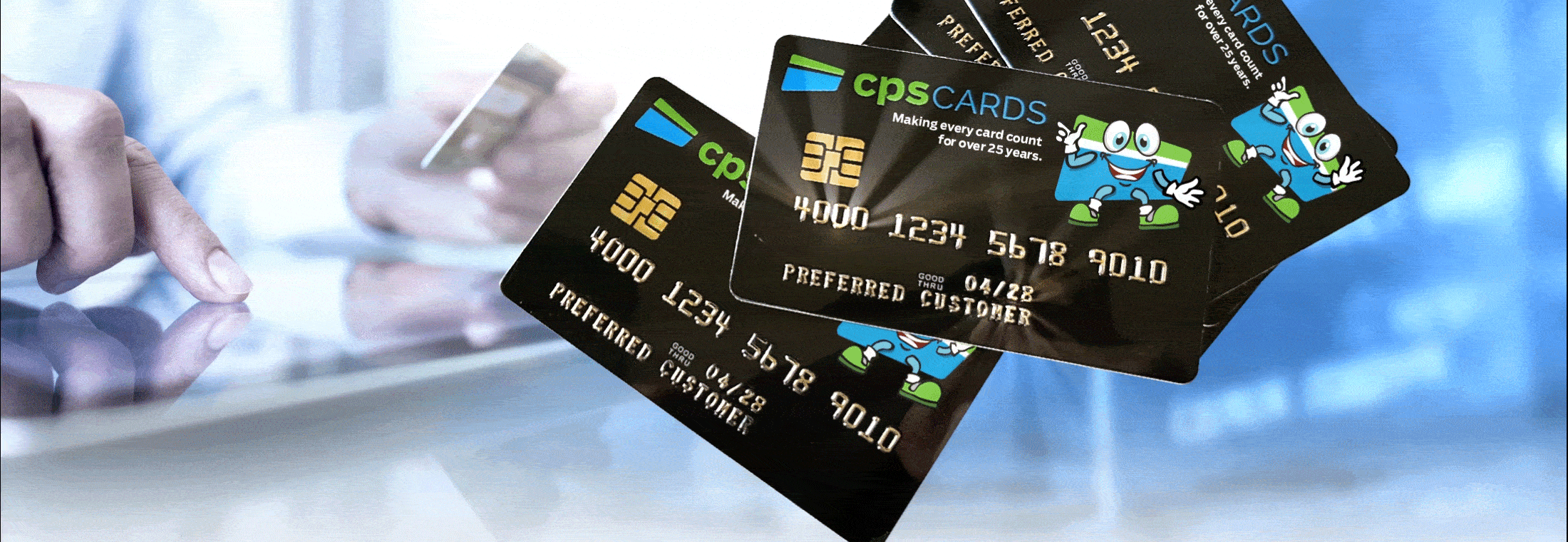The Psychology of Touch: Why Mail With Cards Outperforms Traditional Direct Mail
In a digital-first world, marketers face a constant challenge: how do you create a message that doesn’t just get noticed, but remembered? The answer lies in something simple yet powerful — the sense of touch.
The Science of Haptics in Marketing
Haptics, the science of touch, plays a crucial role in how people perceive and value communications. When customers physically interact with marketing materials, they process the experience differently than they do with digital ads or paper flyers.
- A study by Temple University and the U.S. Postal Service found that physical mail triggered a stronger emotional response and activated more areas of the brain related to memory and value than digital ads. This effect was especially pronounced among Gen X and Baby Boomer participants.
- Research from Millward Brown revealed that brand impressions are 24% higher when people can touch and feel materials compared to viewing them only on a screen.
- According to neuromarketing studies, tactile experiences increase trust and perceived ownership, making people more likely to keep and act on the item.
Touch doesn’t just grab attention — it builds credibility and connection.
Why Cards Feel Different
Cards — whether plastic or heavy-stock paper — stand out because they borrow from the world of value and utility. A card doesn’t feel like “advertising”; it feels like something worth keeping.
- Perceived Value – A card suggests membership, exclusivity, or reward. It feels official, personal, and enduring.
- Durability & Design – The sturdiness of a card signals importance, elevating your message beyond a typical mailer.
- Keepability – Unlike postcards or letters, cards are often saved in wallets, purses, or desk drawers — staying with your audience long after delivery.
Direct Mail Still Works — Especially When It’s Tactile
Despite the growth of digital channels, direct mail continues to outperform in engagement:
- The Direct Marketing Association reports that direct mail response rates average 4.9% for prospect lists and 9% for house lists — far higher than email (1%) or paid search (0.6%).
- 70% of consumers say direct mail feels more personal than online interactions (USPS).
- 56% of people find print marketing to be the most trustworthy type of marketing (MarketingSherpa).
And when that direct mail comes in the form of a card? The effect is magnified. Cards combine the proven impact of physical mail with the psychological weight of value and belonging.

From Mailbox to Wallet: The Power of Card Marketing
Card mailers bridge the gap between promotion and possession. When a recipient receives a card — whether it’s a loyalty pass, donor recognition card, or special promotion — it doesn’t just deliver a message. It creates a sense of belonging, trust, and lasting brand presence.
Think about it: a postcard gets read. A card gets kept.
The Takeaway
In the crowded world of marketing, the most powerful messages are the ones that can be felt. Card mailers combine the science of haptics with the psychology of value, transforming ordinary campaigns into lasting brand connections.
Sources
- Temple University & USPS study on direct mail memory and engagement:
Why Direct Mail is More Memorable – USPS Delivers - Millward Brown research on multisensory brand impact:
Broad Sensory Branding – ResearchGate - Neuromarketing on print vs digital and the effect of touch:
Print vs. Digital – Neuroscience Marketing - Direct Marketing Association (DMA) 2023 Response Rate Report: DMA Response Rate Report – ANA
- USPS 2020–2021 Generational Research Report (personalization & trust in mail):
USPS Generational Research Report PDF - MarketingSherpa chart on trusted marketing channels:
Channels Customers Trust Most – MarketingSherpa
